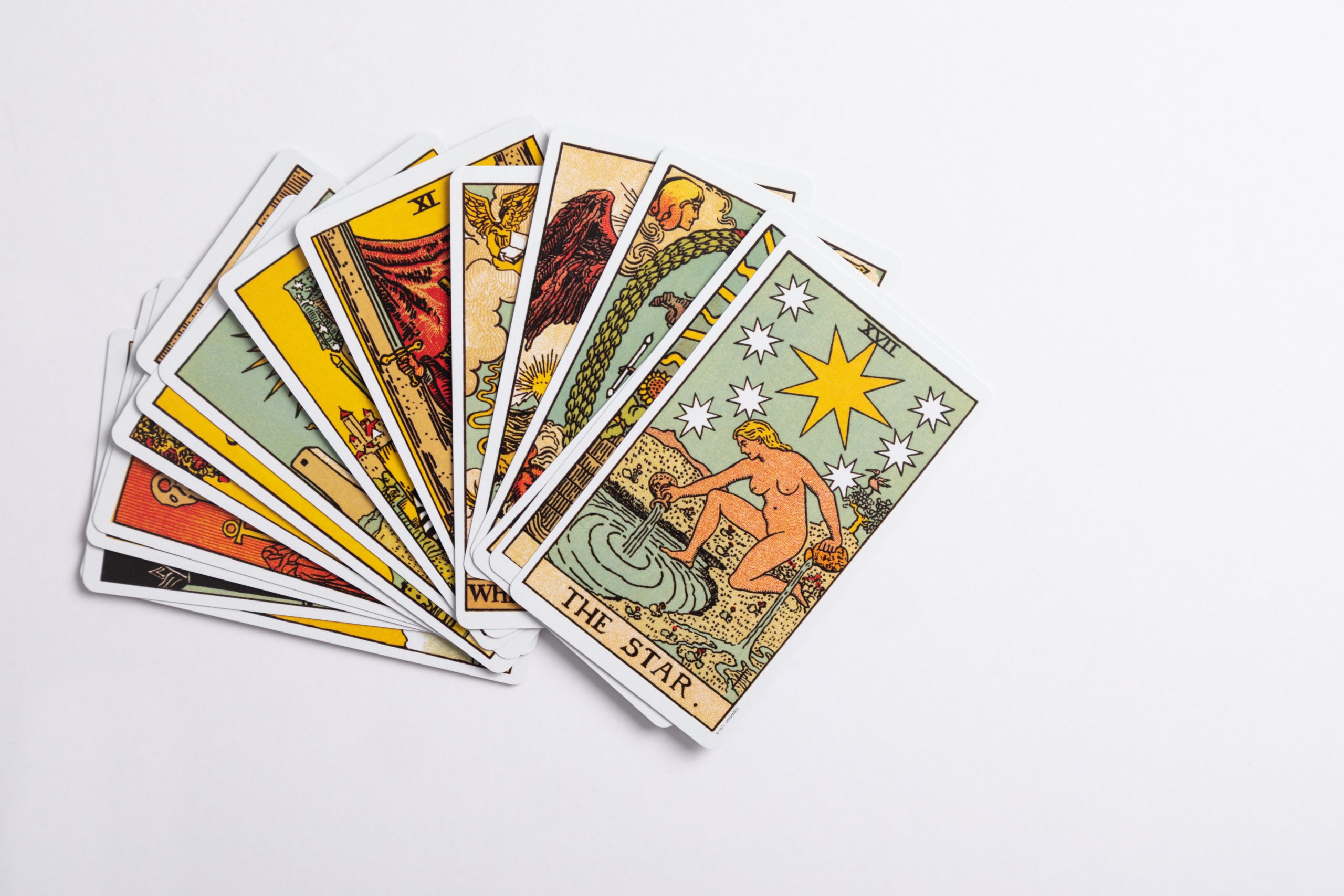The Magical Runes of Norse Mythology
Norse mythology is a rich tapestry of ancient folklore and supernatural tales. From the mighty gods of Asgard to the treacherous giants and fearsome creatures that inhabit the Nine Worlds, Norse mythology has captivated the imaginations of people for centuries. At the heart of this mythology lies a powerful system of symbols known as runes.
What are Runes?
In Norse mythology, runes are a set of ancient mystical symbols that were believed to have magical properties. They are essentially an alphabet, but with each character representing not only a letter but also embodying a specific concept, power, or deity. The word “rune” itself comes from the Old Norse word “rún”, which means “secret” or “whisper”.
The origins of runes can be traced back to the Germanic tribes of Northern Europe, particularly the Norse and the Anglo-Saxons. They were primarily used as a writing system, but their significance went far beyond mere communication.
The Elder Futhark
The most well-known and widely used set of runes is the Elder Futhark. Consisting of 24 characters, this runic alphabet was in use from around the 2nd to the 8th century AD. Each rune had a distinct name, sound, and associated meaning.
The Elder Futhark runes were traditionally carved into wood, bone, or stone. The act of inscribing a rune was considered a sacred act, as it was believed to imbue the symbol with magical energy. The runes were not just language or writing, but also an intricate system of divination and spellcasting.
Divination with Runes
One of the most popular uses of runes was divination. The Norse people believed that runes had the ability to tap into the unseen forces of the universe and reveal hidden truths or provide guidance. This form of divination is known as runic divination or “casting the runes.”
When using the runes for divination, a practitioner would typically engrave the symbols onto small stones, pieces of wood, or other objects. They would then scatter the runes onto a cloth or the ground, and interpret the patterns and positions of the runes as they fell.
The interpretation of runes in divination is a complex and highly personalized process. Different runestones have various meanings depending on their position in the cast and the question being asked. Practitioners would often consult manuscripts or their own intuition to unlock the messages encoded within the runes.
Runic Magic and Spells
In addition to divination, runes were also used for magical purposes. Norse shamans and practitioners of magic believed that they could harness the powers of the runes to influence the world around them.
Runic magic involved inscribing runes onto objects, such as amulets or weapons, to confer specific qualities or protection. Each rune had its own associated power or attribute, and the combination of runes used in a spell would determine its intended effect.
For instance, the rune “Ansuz” represented divine inspiration and communication, while “Thurisaz” was associated with protection and defense. By combining these runes with others, a practitioner could create spells to enhance their eloquence or safeguard their home.
The Mythical Creation of Runes
In Norse mythology, the creation of runes is attributed to the god Odin. The Allfather, seeking wisdom and understanding of the cosmos, sacrificed himself on the World Tree, Yggdrasil, for nine days and nights. During this ordeal, Odin was granted visions of the runes and their inherent power.
Odin then shared this knowledge with the gods and humanity, bestowing upon them the gift of runes. In doing so, he empowered mortals with a means to communicate with the divine and tap into the supernatural forces of the Nine Worlds.
The Legacy of Runes
Despite the decline of Norse paganism and the rise of Christianity, the legacy of runes has endured. Today, many people are drawn to the mystical allure of Norse mythology and its magical symbols.
Modern practitioners of Norse magic and paganism often incorporate runes into their rituals and spellwork. The runes continue to be a source of inspiration and a connection to ancient Norse traditions.
Unlocking the Secrets of Runes
To truly understand the runes and their magical properties, one must delve deep into the rich tapestry of Norse mythology and ancient practices. The study of runes is a lifelong journey, filled with discovery and personal revelation.
Whether you seek to connect with the gods, gain insight into the future, or explore the depths of your own consciousness, the runes offer a gateway to the mystical realm of Norse mythology and magic.
Table of Contents
| Section | Page |
|---|---|
| 1. What are Runes? | 2 |
| 2. The Elder Futhark | 3 |
| 3. Divination with Runes | 4 |
| 4. Runic Magic and Spells | 6 |
| 5. The Mythical Creation of Runes | 7 |
| 6. The Legacy of Runes | 8 |
| 7. Unlocking the Secrets of Runes | 9 |
Embark on your own journey of discovery and unlock the secrets of the magical runes. Norse mythology awaits, and the realms of Asgard and Midgard are yours to explore.
Table of Contents
